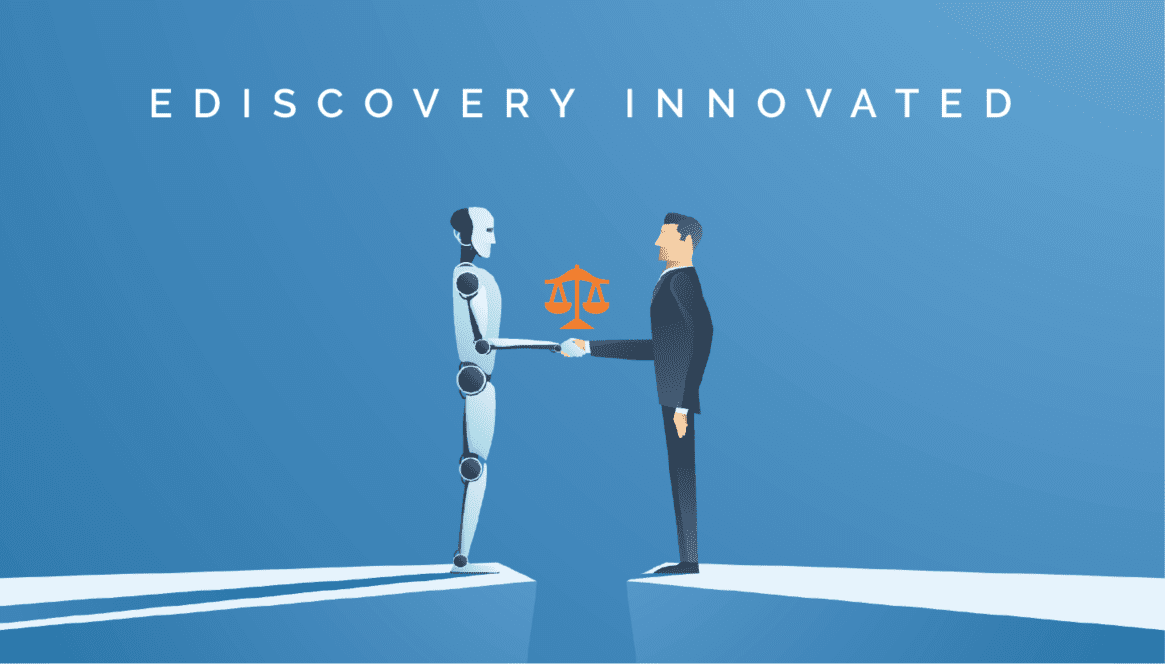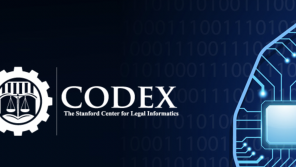By Shawn Arnold and Clayton Romero, co-founders, CodexTen
E-Discovery is a critical process that begins at the onset of litigated matters and involves the exchange of information between parties involved in a lawsuit or other legal action.
All Discovery is E-Discovery
Since the 1500’s when English Law codified discovery, today, all discovery is e-discovery. “eDiscovery” is merely the extension of the well-established discovery process to any Electronically Stored Information (ESI) that an organization might possess – email messages, voicemails, presentations, word processing files, spreadsheets, social media posts and all other relevant communication or information that might be useful in a legal action. The amount of electronic information attached to cases today can be mind boggling.
Whether your firm is working on a smaller case to a headline-grabbing global legal action, firms cannot ignore the importance of eDiscovery. In fact, a 2013 white paper by Osterman Research, Inc. 1 stated “the importance of eDiscovery should not be underestimated. It is among the primary drivers for the deployment of archiving systems and has significant implications for how organizations retain, store and manage their electronic content. A failure to manage eDiscovery properly can carry with it serious ramifications.”
Growth of Data Volumes
eDiscovery now extends beyond simply converting and storing documents electronically. Technology has brought amazing tools, but it has also consistently brought more data. Today, 99.9% of litigation cases involve ESI, and each custodian typically brings an average of 5 gigabytes (GB) of data. One GB may contain anywhere from 15,000 image files to nearly 700,000 pages of data – be it Word files, emails, texts, etc. That can be overwhelming and expensive – especially for smaller to mid-size law firms with only high value resources and personnel to dedicate to review.
Based on research, document review accounts for 70%-80% of total litigation costs, which is why it is essential that all firms – small, mid-size and large – embrace an innovative approach to eDiscovery that uses a combination of professional services and advanced software.

Expectations of the Judicial System
Sitting around a conference table with 20 to 50+ associates and paralegals is no longer a sustainable option. Boxes are out and gigabytes are in.
eDiscovery has brought about new levels of accountability in litigation. According to a white paper written by Milberg LLP and Hausfeld LLP, “the failure to address electronically stored information adequately in discovery may constitute malpractice, as most businesses create much of their information electronically and do not convert the majority of their business records into paper in the ordinary course of business. Attorneys who do not adapt to this new reality will not survive in the evolving legal market, and their failure to embrace and use the Federal Rules to conduct effective e-discovery not only disadvantages their clients, but also increases the burden on their adversaries and the courts and, most importantly, undermines the fair administration of justice.”2
Managing E-Discovery for Small to Mid-Size Law Firms
For mid-sized firms, case sizes are growing as quickly as they are for large firms, which creates a challenge for firms as they allocate finite resources. Most mid-size and almost all smaller law firms don’t have a dedicated litigation support department or have staff with specific expertise on new e-discovery software. Without the proper support and efficient data management, the burden only increases and consequently increases the difference in capabilities.
Closing the Gap
Discovery doesn’t have to be a tiresome and painful process. Through professional services and AI-enable software, small and mid-size firms can now maximize their effectiveness by streamlining the eDiscovery process – which helps to close the gap with larger firms. Selecting a service provider with expertise and additional capacity who can collaborate with existing staff on eDiscovery is often a better and more cost-effective alternative to building a permanent internal team and technology solution. By using the right tools, legal teams can access endless data at reduced costs and more accurately in a matter of minutes – not hours or days. In addition, this increased efficiency allows attorneys to focus on more strategic and high-value activities, positively impacting the firm’s bottom line.

Increased Accuracy
Humans are flawed and make mistakes. Another benefit to using the combined service and AI-enabled software solution in the discovery process is the increased accuracy of results. In fact, most tools improve accuracy by a factor of seven and a 10X reduction in review time. With the right services provider doing the brunt of the grunt work, firms can significantly reduce the margin for human error from overworked, fatigued admins or junior associates.
Improved Security
Finally, eDiscovery providers are held to the highest cybersecurity standards. A top-notch provider should be rigorously assessed by third party auditors and be HIPAA Compliant, GDPR Compliant, SOC2 Type II certified and so on. Even before the COVID-19 pandemic, companies were gradually allowing employees to work from home, but legal staff had no such luxury — paper documents had to stay on site. But with documents or evidence stored on a highly secure eDiscovery cloud server, firms can easily grant access to appropriate parties anywhere. This level of security may occur at large firms with a dedicated CTO or CIO – but is harder to achieve for small to mid-size firms.
Added Benefits
Let’s face it – discovery is tedious but necessary work. Today’s law firms are under the same pressures to acquire and retain talent — be it top-notch attorneys or vital support staff.
If a young attorney is trying to decide between two offers – and one firm provides them with the tools and technology to increase their efficiency and effectiveness versus another firm where they might have to sift through boxes of papers for days on end in a room with no windows – it’s likely they will choose the former.
For small and mid-size firms competing for talent – having the right tools can help to eliminate dull work, increase employee satisfaction and provide a significant advantage in talent acquisition and retention.
How To Select an eDiscovery Partner
While the legal industry can be slow to embrace modern technology, finding the right provider is the key to success. First, you want to find great a great platform. You want one that grows and learns as you need it, to suit your firm’s needs. Software that is fast, adaptive and accurate can be the difference in winning or losing a case.
Second, it’s important the company behind the software can support your firm’s needs. If you don’t have dedicated litigation support resources, you run the risk of purchasing a Mercedes level software tool and driving it like a Yugo. You want to find a provider that has a combination of expertise in technology and experience in the legal profession, and ideally a partner to navigate the process with you, not just a vendor that cashes the check and leaves you to fend for yourself.
Despite the growing volume of data, law firms are under pressure to reduce the overall legal spend. As mentioned earlier, document review is the most expensive stage of a matter. An eDiscovery platform can help to lower costs.
If you’re still unsure where to begin, you can use a tool like an online calculator to understand and forecast what the cost to benefit ratio may be.
Conclusion
eDiscovery does not need to throw small and mid-size firms into a panic. Trust the technology and tools available that are designed to allow you to do your best lawyering. Find a company that will be a partner and provide the service and support required.
—–
[1] Osterman Research Inc.: Why eDiscovery Should be a Top Priority for Your Organization (2013); [2] Milberg LLP and Hausberg LLP: E-Discovery Today: The Fault Lies Not in Our Rules (2010).




